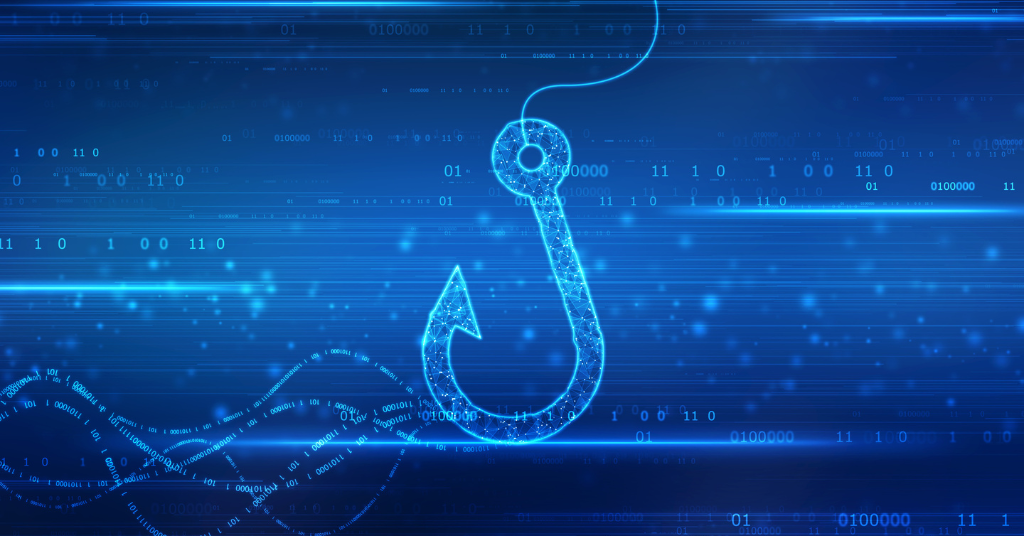

It’s Monday morning. You open your inbox and see a message that immediately sets off a little alarm bell: “Your account will be suspended unless you verify your details immediately.” It looks official, complete with company branding and a signature. You’re busy, maybe distracted, and the email urges immediate action. Most people would respond without thinking – and that’s exactly what scammers are counting on. Phishing awareness is key to spotting these traps before it’s too late.
Phishing is one of the most common ways cybercriminals gain access to accounts and sensitive information. The emails are designed to look convincing, often using urgent language, official logos, and familiar phrases to make you act without pausing. But there are red flags if you know where to look. Mistakes in grammar, odd phrasing, unusual sender addresses, or links that don’t quite match the domain are all warning signs.
Top Tips to Avoid Phishing Scams
The good news? Modern email systems are starting to help. For example, the latest version of Outlook now highlights external email addresses in yellow. It’s a subtle but powerful visual cue that the sender isn’t from your organisation – giving you a moment to pause before replying. Small tools like this can save a lot of headaches.
• Hover, don’t click. Always hover over links to see the actual URL before clicking. A mismatched link is a clear warning sign.
• Think before you act. If an email is pressuring you to act “now,” step back. Take a moment to verify the request independently.
• Forward, don’t reply. If something feels off, forward it to IT. Even if it turns out to be safe, it’s better to check than to risk a breach.
• Watch for attachments. Unexpected attachments can carry malware or ransomware. If you weren’t expecting it, don’t open it.
Phishing isn’t just annoying – it can be costly. One misplaced click could compromise passwords, sensitive files, or your entire work account. It’s the digital equivalent of leaving your wallet on a café table: convenient, tempting, and risky.
The Power of Awareness: Protecting Your Inbox
The more aware you are, the safer you’ll be. Think of it like learning to spot fake bills or counterfeit tickets: once you know what to look for, you’ll rarely fall for the scam. And the tools and habits you develop here will help protect not just your work, but your personal accounts too.
Next time an email feels off, don’t click or reply. It only takes a few seconds to verify the sender, but it could save hours – or even prevent a security disaster.



